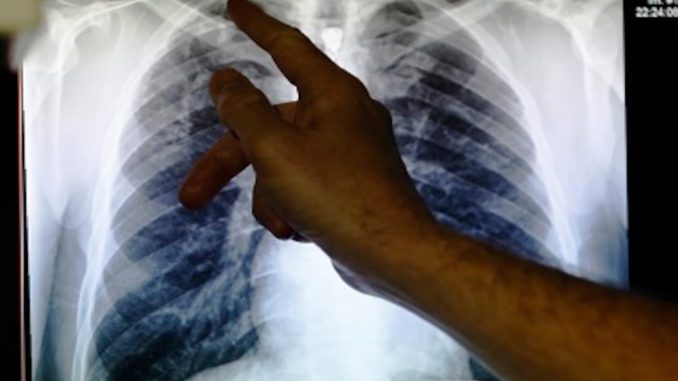
In News
The Global TB Report shows significant reductions in TB case notifications in India.
In-Detail
- The World Health Organisation (WHO) released the Global TB Report.
- WHO collected data from 200 countries which showed a significant reduction in the notification of TB case.
- According to the report, the disruptions in services is caused due to Covid-19 pandemic.
- There has been a 25-30% drop in high burden countries like India, Indonesia and the Philippines between January and June 2020.
- The WHO said the reductions in notification could lead to increase in tuberculosis deaths.
- The analysis shows that there is a 50% drop in the detection of TB cases over three months.
- This may lead to 4,00,000 more deaths due to TB.
- WHO said that the Covid-19 reversed the reduction in TB cases globally.
India Scenario
- In India, the TB case notifications fell by more than 50% at the end of March and late April.
- In India, notifications of new patients diagnosed with TB and relapse patients increased from 1.2 million in 2013 to 2.2 million in 2019.
- This increase is due to the rolling out of a nationwide web- and case-based reporting system called Nikshay.
- Nikshay facilitates reporting of detected cases by care providers in the public and private sectors.
- From January till June 2019, 12.50 lakh TB cases were notified to the National TB Elimination Programme.
- This year in the same period a total of 9.15 lakh TB cases were notified.
- In 2019, globally, 1.4 million (approximately) people died due to TB.
- It is estimated that 10 million people developed TB in 2019 and 3 million were not diagnosed with the disease or not officially reported to national authorities.
- Before Covid-19 pandemic, many countries were making progress in tackling TB cases.
- Between 2015 and 2019 there was a 9% reduction in the incidence and a 14% drop in deaths.
- Now, countries have to tap in to some innovations like public education through Whatsapp, usage of masks among people with respiratory conditions, contact tracing apps, use of screening apps, telehealth consults, sample collection closer to homes of patients, e-pharmacies, rapid molecular testing to check both TB and Covid-19 and digital adherence technologies for the completion of the treatment.
National TB Elimination Programme
- India is a high burden country with respect to tuberculosis (TB).
- An estimated 4,80,000 people die every year due to the disease. This means 1400 proper per day die of TB in the country.
- The National TB Elimination Programme is the renamed version of RNTCP (Revised National TB Control Programme).
- RNTCP was launched in 1997 and is a flagship programme under the National Health Mission.
- The National TB Elimination Programme is formed with an aim to eliminate TB in the country by 2030, which is also the aim of National Strategic Plan for Tuberculosis Elimination 2017-25.
- The programme will provide technical and managerial support to anti-TB activities in the country.
- Under the programme, free diagnosis and treatment will be provided at designated public health care systems.
- A key element in eliminating TB in the country is by identifying and notifying the disease.
- As soon as a patient with TB is notified, treatment begins immediately.
- TB is curable if the treatment is continued without any halt. If not, the bacteria becomes resistant to medicines.
- The WHO’s assessment of low notifications in India should worry the authorities.
- As undiagnosed patients increase, the threat of the diseases spreading further increases.
- India cannot afford the lapse and rectify the issue as soon as possible. If not, the 2030 TB elimination target will become a distant dream.

Leave a Reply
You must be logged in to post a comment.